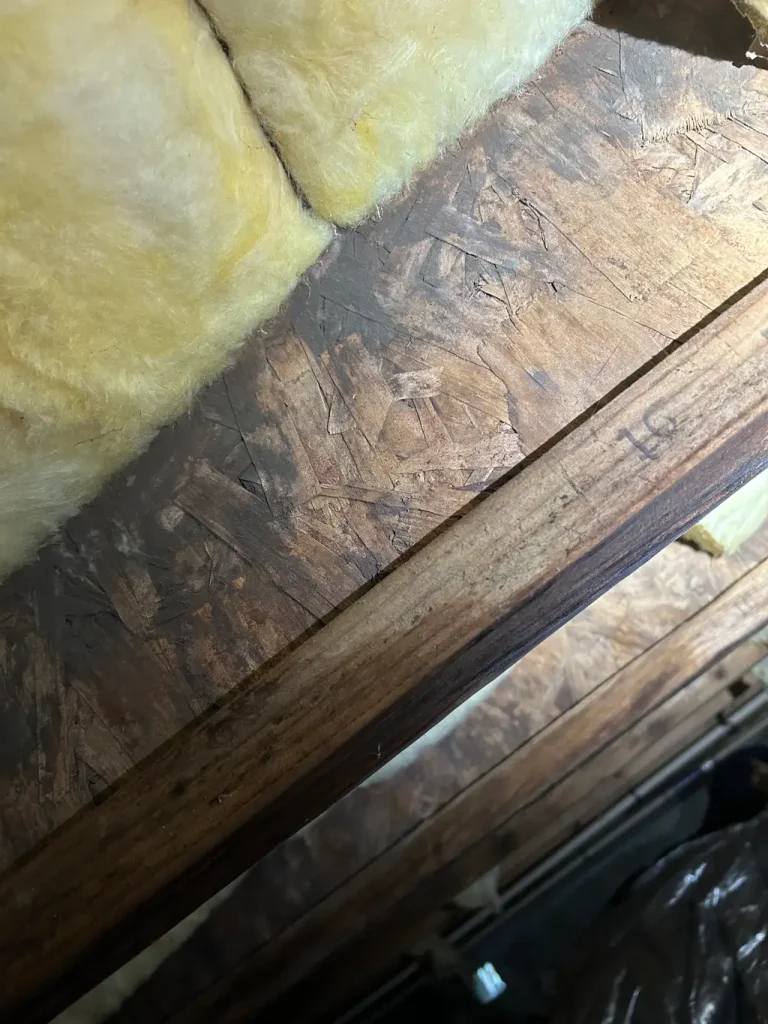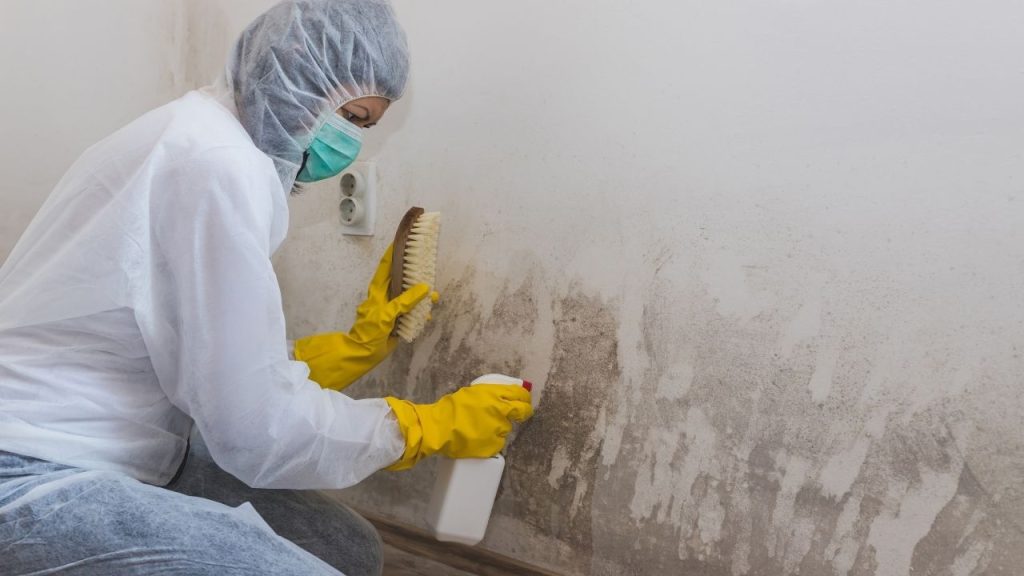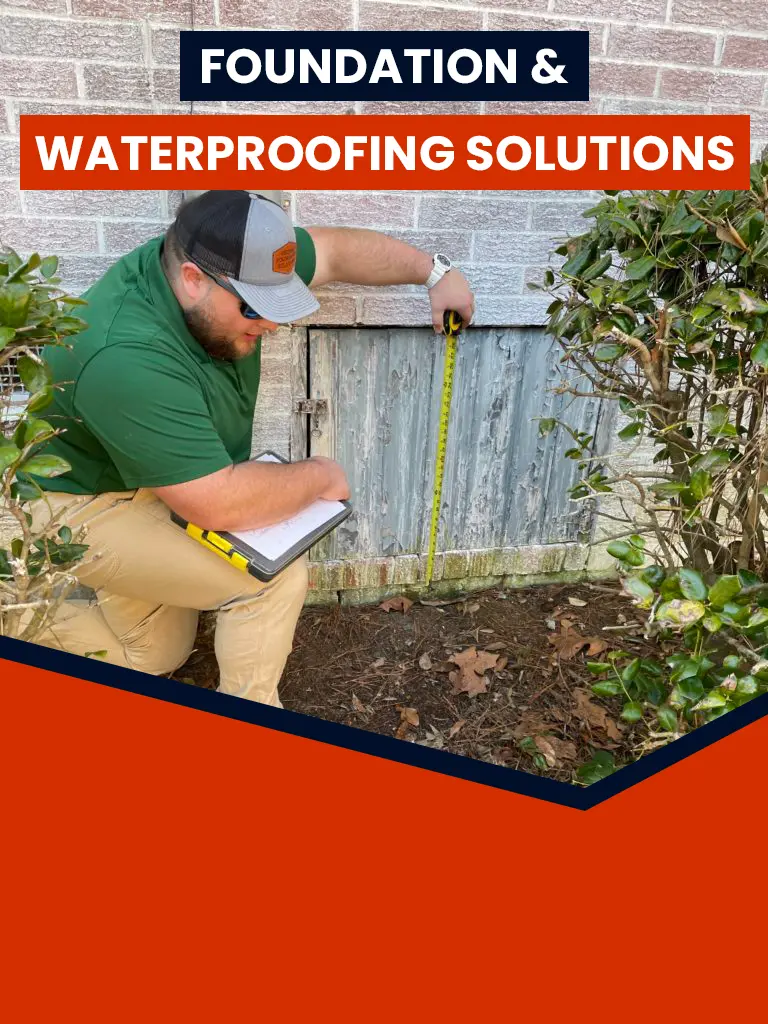Mold in your home is not only unsightly, but it can also lead to serious health issues and structural damage. If left untreated, mold can spread quickly, compromising your indoor air quality and putting your family’s health at risk. This is why mold remediation is crucial to maintaining a safe and healthy environment.
In this article, we’ll walk through the key steps of mold remediation, explore why it’s important, and discuss the available service options for handling mold issues in your home.
What is Mold Remediation?
Mold remediation is the process of identifying, removing, and preventing mold growth in a home or building. It involves a combination of cleaning, disinfecting, and repairing the areas affected by mold to ensure the problem doesn’t return.

Mold can grow anywhere moisture is present—this includes damp basements, bathrooms, attics, crawl spaces, and even within walls. Common causes of mold include leaky pipes, high humidity, poor ventilation, and water damage from flooding or roof leaks.
Signs You Need Mold Remediation
Identifying mold early is key to preventing more significant damage. Here are some of the common signs that you may need mold remediation:
- Musty odors: A persistent, unpleasant smell can be one of the first signs of mold.
- Visible mold growth: Mold can appear as dark spots on walls, ceilings, floors, or furniture.
- Allergic reactions: Frequent sneezing, coughing, and respiratory problems, especially when at home, may be triggered by mold spores.
- Water damage: Areas that have experienced water leaks or flooding are prime locations for mold growth.
- Discolored walls or peeling paint: These can indicate moisture problems that may lead to mold.
The Mold Remediation Process: Step-by-Step
Once mold is identified, it’s essential to take immediate action. Here are the general steps followed during professional mold remediation:
1. Inspection and Assessment
The first step is a thorough inspection to identify the source and extent of the mold problem. Professionals will often use moisture meters and other tools to locate hidden mold.
2. Containment
Once the mold is located, the affected area is isolated to prevent the spread of mold spores to other parts of the house. This may involve the use of plastic sheeting and negative air pressure machines.
3. Air Filtration
During the remediation process, air filtration systems are used to capture mold spores that may be floating in the air. HEPA (High-Efficiency Particulate Air) filters are commonly used to clean the air.
4. Mold Removal
The next step is to remove the mold itself. This can involve a variety of methods, including cleaning surfaces with special antimicrobial treatments, scrubbing with wire brushes, and, in severe cases, removing and disposing of affected materials like drywall or carpeting.
5. Cleaning and Disinfection
After mold removal, the affected areas are thoroughly cleaned and disinfected to ensure no mold spores remain. Mold-resistant coatings may also be applied to prevent future growth.
6. Repair and Restoration
If the mold problem was caused by underlying issues like leaks or poor ventilation, these must be addressed to prevent mold from returning. This could involve repairing damaged pipes, fixing leaks, or installing dehumidifiers and proper ventilation systems.
Mold Remediation Service Options: DIY vs. Professional Help
When it comes to mold remediation, homeowners have two primary options: attempting to clean the mold themselves or hiring a professional mold remediation service. Here’s a breakdown of both options:

DIY Mold Remediation
If the mold problem is small (under 10 square feet) and you’re confident it hasn’t spread, DIY mold removal can be a cost-effective solution. Some tips for DIY mold remediation include:
- Use proper safety equipment: Always wear gloves, a mask, and goggles when cleaning mold to avoid exposure to spores.
- Clean with the right products: Use a solution of water and detergent, or a commercial mold cleaner. Avoid bleach, as it can only remove surface mold without addressing the underlying problem.
- Ensure ventilation: Mold thrives in damp environments, so proper ventilation is essential to prevent further growth.
DIY mold remediation is ideal for small, isolated areas but may not be effective if the mold has spread or if there are hidden problems.
Professional Mold Remediation Services
For larger mold problems or situations where mold is affecting hidden areas like inside walls or under flooring, it’s best to hire a professional mold remediation service. Here’s why:
- Thorough inspection: Professionals have the tools and expertise to find hidden mold that you may miss.
- Guaranteed removal: Certified mold specialists follow industry standards and use advanced techniques to ensure the mold is completely removed.
- Preventing future issues: Mold professionals will identify and fix the root cause of the mold, such as leaks or poor ventilation, to prevent future growth.
Professional mold remediation is recommended for more severe or widespread mold infestations, especially when health risks or structural damage are involved.
Mold Remediation Costs: What to Expect
The cost of mold remediation can vary depending on the extent of the infestation, the size of the affected area, and whether there are any underlying issues that need to be addressed.
- Small mold removal projects: If the mold is confined to a small, easily accessible area, costs typically range from $500 to $1,500.
- Moderate mold remediation: For mold problems affecting multiple rooms or areas, costs may range from $1,500 to $3,000.
- Large-scale remediation: For significant mold infestations that affect the structure of the home, or that require extensive removal and repair, costs can exceed $5,000.
While professional mold remediation may seem costly, it’s an investment in the safety and value of your home.
How to Prevent Mold Growth in the Future
Once the mold has been removed, there are several steps homeowners can take to prevent it from coming back:
- Control humidity: Keep indoor humidity levels below 50% using dehumidifiers, especially in damp areas like basements.
- Improve ventilation: Make sure areas like bathrooms, kitchens, and laundry rooms are properly ventilated to reduce moisture buildup.
- Fix leaks promptly: Repair any leaks in the roof, windows, or pipes to prevent moisture from seeping into walls and floors.
- Keep areas dry: After flooding or water spills, dry the area completely within 24 to 48 hours to avoid mold growth.
Conclusion: Why Mold Remediation is Essential
Mold remediation is critical for maintaining a healthy home. Whether you opt for DIY solutions or professional services, the key is to act quickly and prevent mold from causing lasting damage. Professional mold remediation offers the most comprehensive solution, ensuring mold is thoroughly removed and that your home is protected from future issues.
If you suspect mold in your home, don’t wait. Contact a certified mold remediation specialist today to ensure a safe, clean, and healthy living environment.

